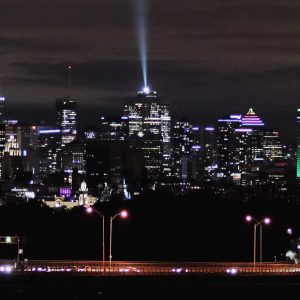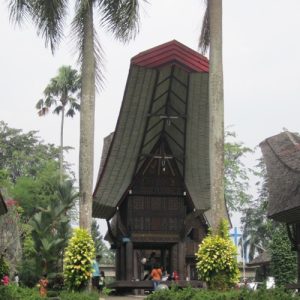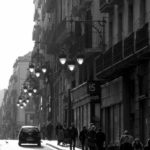A bold use of light and shadow
Nestled in the heart of Dhaka, Bangladesh, the National Parliament House (Jatiyo Sangsad Bhaban) stands as one of the most iconic and awe-inspiring architectural masterpieces of the 20th century. Designed by renowned architect Louis Kahn, this remarkable structure not only symbolizes the political heart of Bangladesh but also stands as a testament to innovative design and architectural ingenuity. For those visiting Dhaka, a trip to the Parliament House is an essential experience, offering a glimpse into the country’s history, culture, and bold vision for the future.
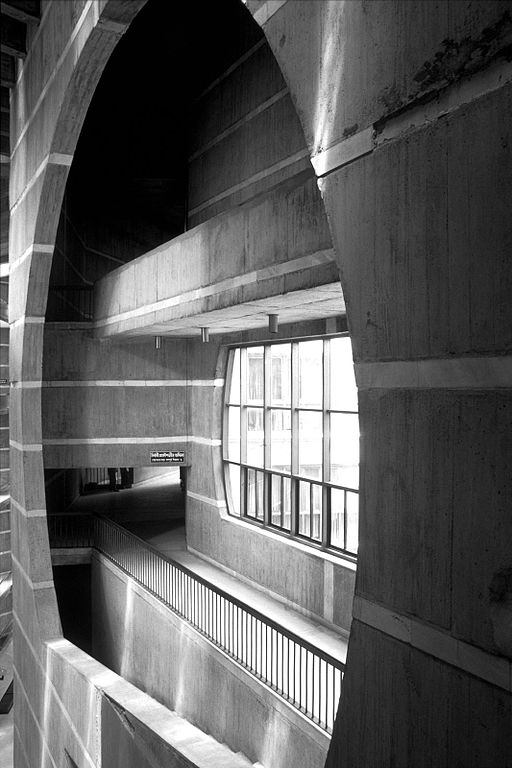
Heading Image: Naquib Hossain from Montreal, Philadelphia, Dhaka, CC BY-SA 2.0 , via Wikimedia Commons
The Visionary Architect: Louis Kahn
Before diving into the architectural wonders of the Parliament House, it’s important to understand the genius behind this iconic building – Louis Kahn, an architect whose work has left a lasting impact on the world of modern architecture.
Born in 1901 in what is now Estonia, Kahn immigrated to the United States as a young child and went on to study architecture at the University of Pennsylvania. Over the course of his career, Kahn became known for his masterful use of light, space, and form. His designs were grounded in a deep understanding of history, yet they were futuristic in their own right, characterized by monumental structures, geometric forms, and an unparalleled mastery of materials.
Kahn’s design for the Bangladesh Parliament House was commissioned in the 1960s, and the project became one of his crowning achievements. Tragically, Kahn passed away in 1974, before the building was completed in 1982, but his influence and vision continued to shape its construction and ultimate completion.
Nathaniel Kahn (Luis Kahn’s only Son), created the documentary “My Architect”, based on his Father’s life and work (nominated for the 2003 Academy Award for Best Documentary). This documentary tells the story of how his Father found his creative flow only later in life, and then worked double-time from there to execute the bold visions that were coming to him.
It’s a story that I found fascinating and thought-provoking on multiple levels.
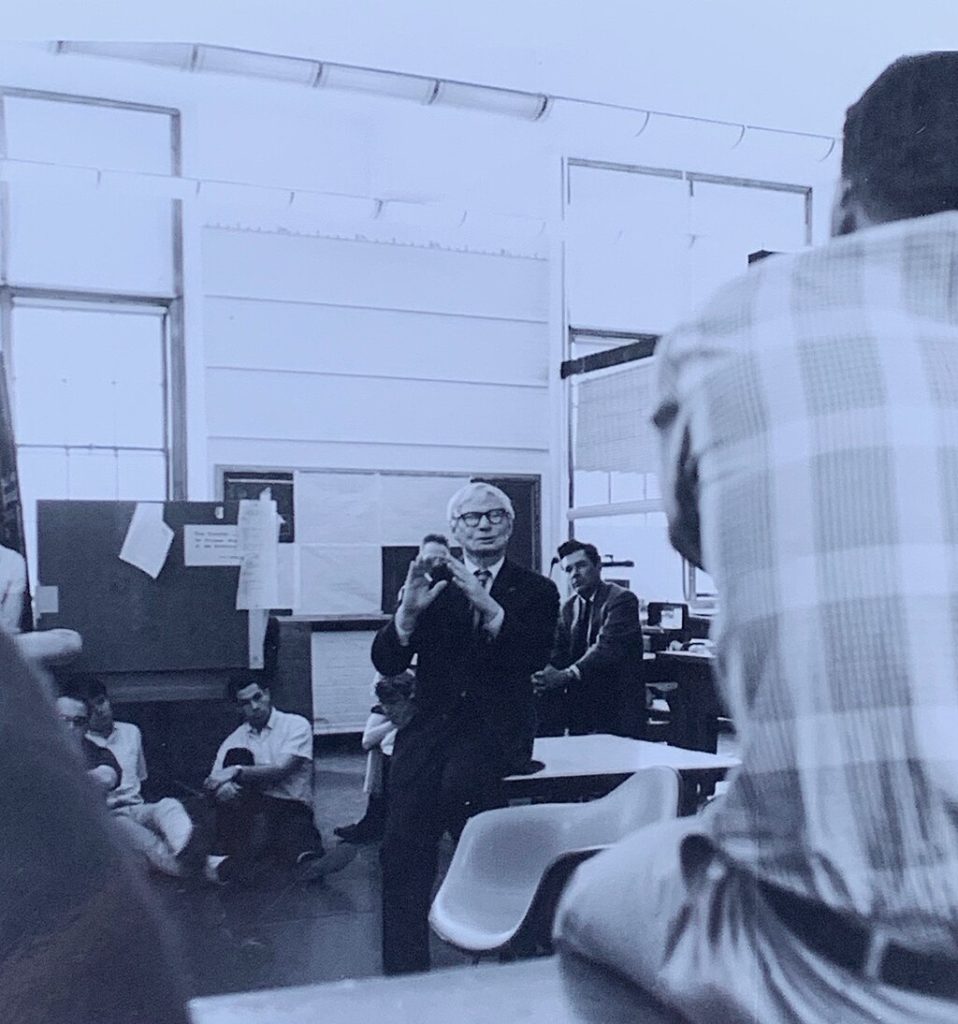
Image by: Miranda.m.martin, CC BY-SA 4.0 , via Wikimedia Commons
A Masterpiece of Modernism
The Jatiyo Sangsad Bhaban is not just an administrative building – it is an architectural landmark that blends modernism with elements of traditional Bangladeshi culture. Kahn’s design, characterized by clean lines, geometric forms, and a bold use of light and shadow, reflects his unique philosophy. At the heart of the structure is a central cube-shaped building surrounded by vast open spaces, water features, and a series of domes and arches that evoke a sense of tranquility and openness.
One of the standout features of the building is its ingenious use of light. Kahn carefully positioned openings in the structure to allow natural light to flood the interior, casting dramatic shadows and highlighting the interplay between the building’s solid and void spaces. The building’s exterior, with its smooth, polished marble and imposing, yet harmonious, proportions, exudes a sense of both power and serenity.
Kahn’s design was not just about aesthetics; it was also deeply symbolic. The Parliament House was envisioned as a place that would unite the people of Bangladesh with a sense of pride, dignity, and national identity. The central dome, which hovers above the building, is both an architectural focal point and a symbol of the country’s unity and governance.
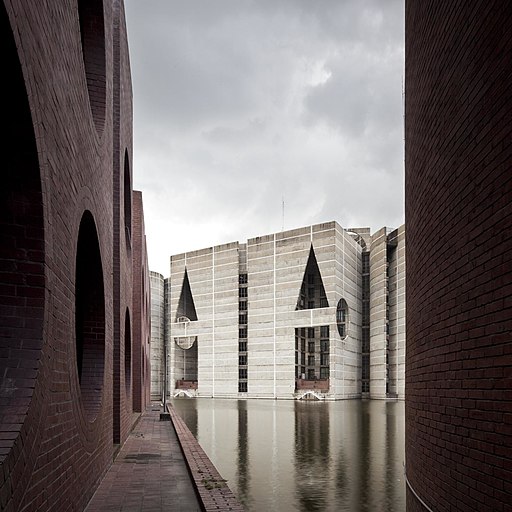
Image by: Naquib Hossain from Montreal, Philadelphia, Dhaka, CC BY-SA 2.0 , via Wikimedia Commons
Exploring the Building's Features
Visitors to the Parliament House are often struck by the sheer scale and sophistication of the building. The complex is spread across 200 acres, making it one of the largest parliamentary complexes in the world. The main building is flanked by a series of smaller structures, including the parliament chambers, libraries, and office spaces.
A stunning feature of the complex is the use of water, both for aesthetic and practical purposes. Large reflecting pools surround the building, adding a sense of calm and balance to the otherwise imposing structure. These pools also reflect the bold geometric shapes of the building, creating a sense of unity between the architecture and nature.
Inside, the building continues to impress with its cavernous spaces and minimalist design. The interior is designed to facilitate transparency and communication – with open hallways, curved walls, and expansive chambers. One of the most striking rooms is the National Assembly Hall, where the country’s legislative proceedings take place. With its soaring ceilings, vast seating arrangements, and quiet, reverent atmosphere, the hall evokes a sense of grandeur and significance.
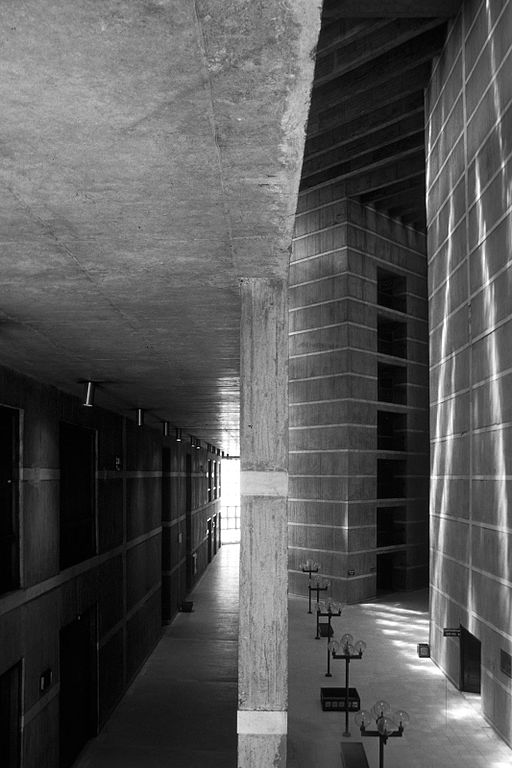
Image by: Naquib Hossain from Montreal, Philadelphia, Dhaka, CC BY-SA 2.0 , via Wikimedia Commons
The Legacy of Louis Kahn in Bangladesh
Kahn’s work in Bangladesh is not limited to the Parliament House alone. He designed several other key projects in the country, including the National Museum and the Dhaka High Court, both of which share his hallmark style of geometric elegance, use of light, and thoughtful incorporation of local materials.
Though Kahn never lived to see the completion of his masterpiece in Dhaka, his legacy endures. The Parliament House remains a powerful symbol of his architectural genius, and it has become a must-visit destination for travelers, architects, and design enthusiasts from all over the world.
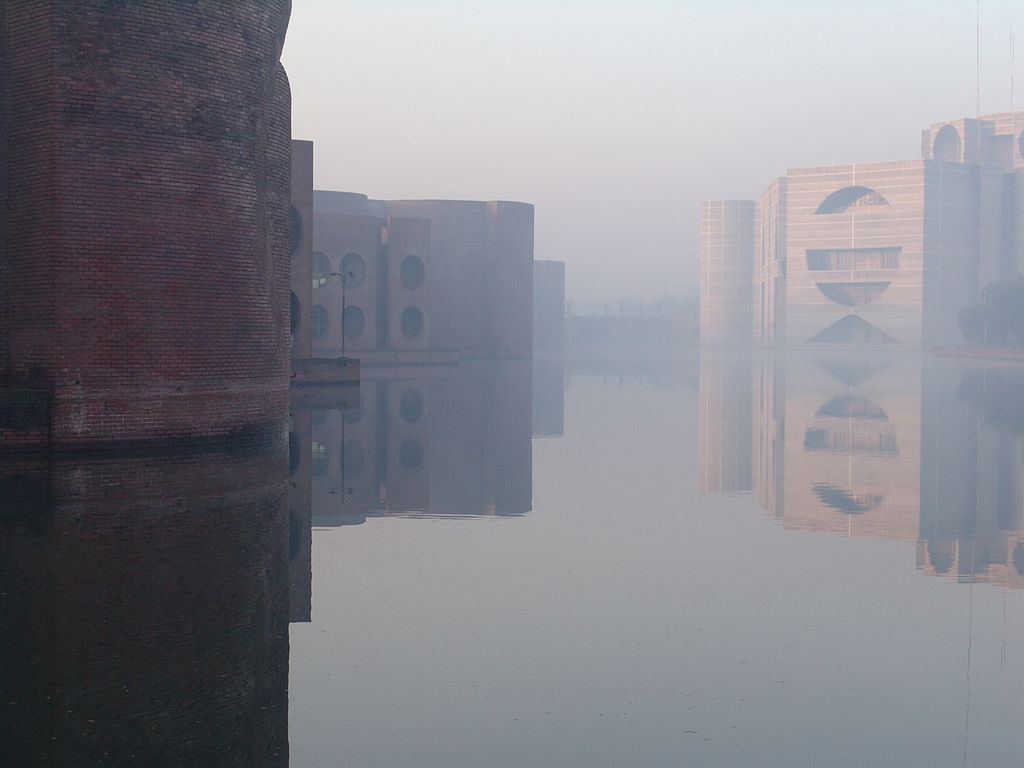
Image by: Naquib Hossain from Montreal, Philadelphia, Dhaka, CC BY-SA 2.0 , via Wikimedia Commons
Why Visit the Parliament House in Bangladesh?
For visitors to Dhaka, the Jatiyo Sangsad Bhaban is much more than just an administrative building — it’s a living, breathing work of art. Whether you’re fascinated by architecture, history, or the vision of one of the 20th century’s most influential architects, this remarkable building offers an unforgettable experience.
The Parliament House serves as a powerful reminder of Bangladesh’s independence and modern values, and it stands as a beacon of cultural pride. It’s a place where the past and future meet, where architecture transcends function and becomes a celebration of light, form, and national identity.
A guided tour through the Parliament House offers a deeper understanding of Louis Kahn’s vision, the history of Bangladesh’s political development, and the significance of the building in the country’s cultural fabric. Whether you’re marveling at the intricate design details or soaking in the peaceful surroundings, a visit to this architectural marvel is sure to leave a lasting impression.
In a city known for its hustle and bustle, the Jatiyo Sangsad Bhaban stands as an inspiring oasis — a place where design, history, and national pride come together to create an unforgettable experience for all who visit.
If you are considering travel to Bangladesh, be sure not to miss the opportunity to experience the size and serenity of this masterpiece!
Heading Image: https://www.flickr.com/photos/sajeeb/


